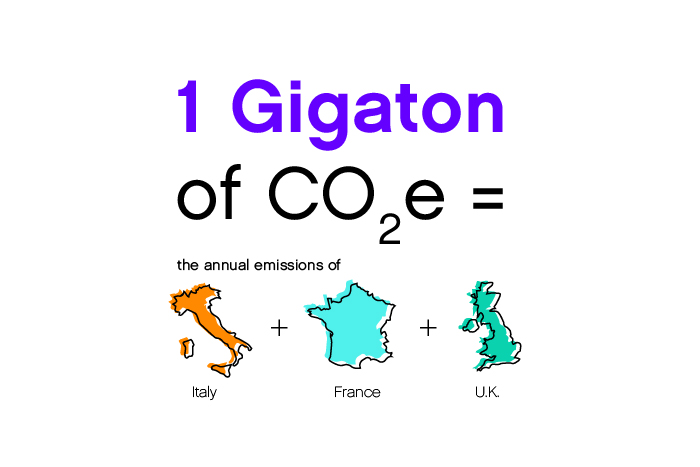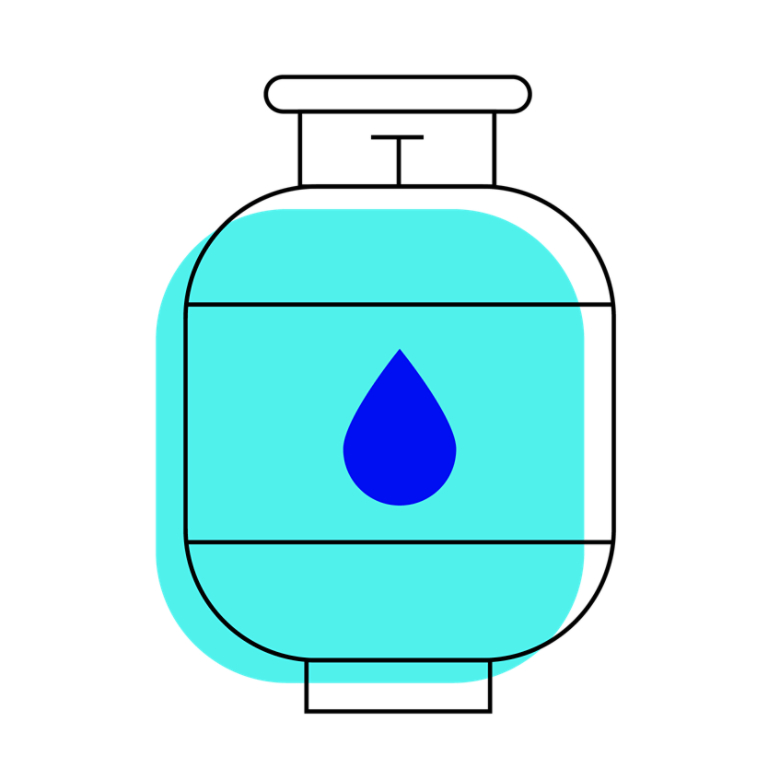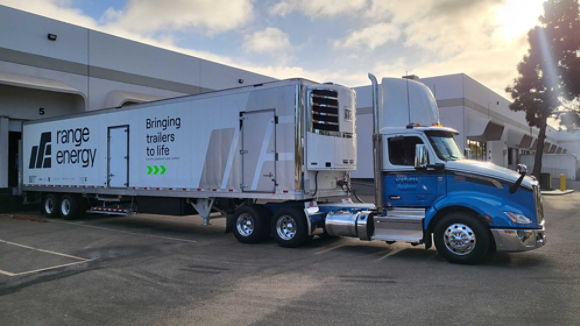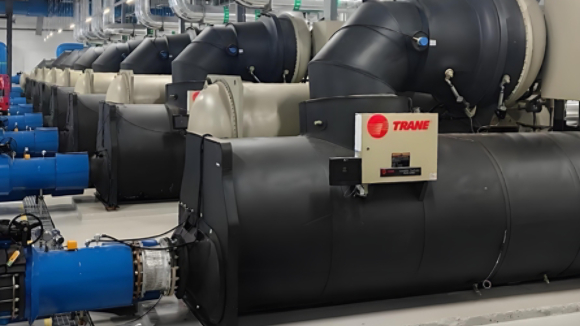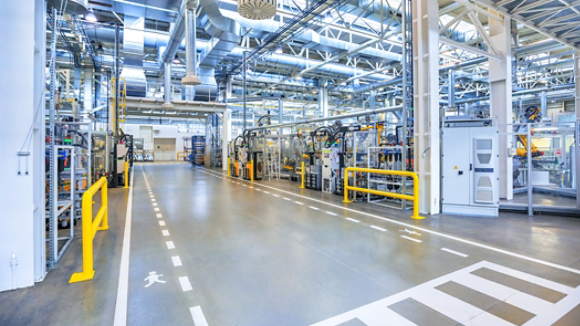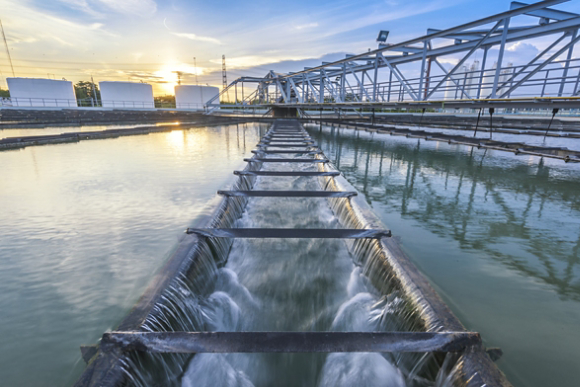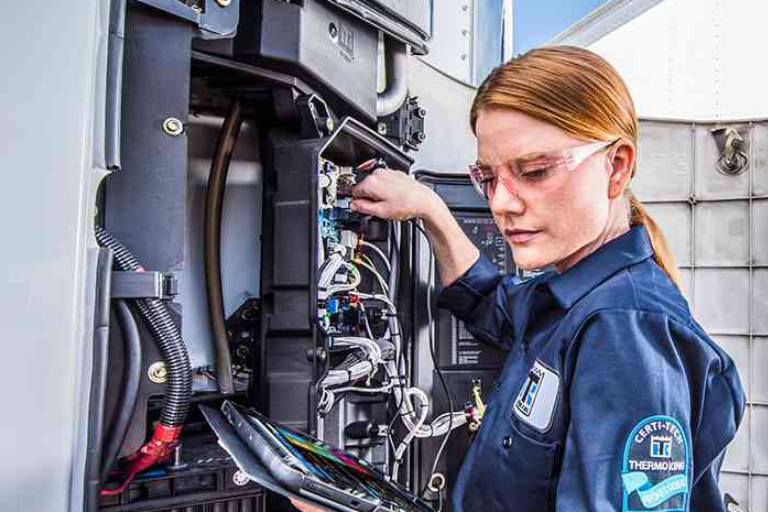April 28, 2025
Innovating for Impact: Thermo King and Range Energy Test Transformative Cold Chain Transport TechnologyThermo King and Range Energy are currently testing the latest in the line of cold chain electrification solutions, setting a new standard in low- to no-carbon refrigerated transport.

 English
English

